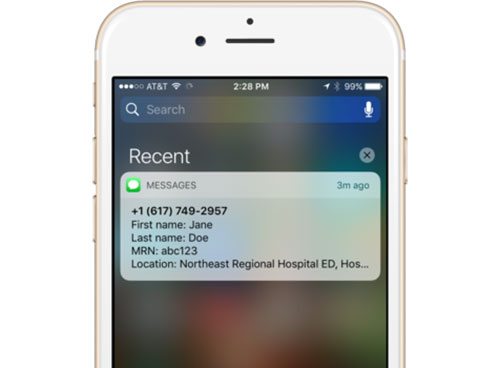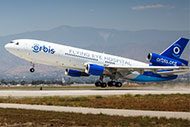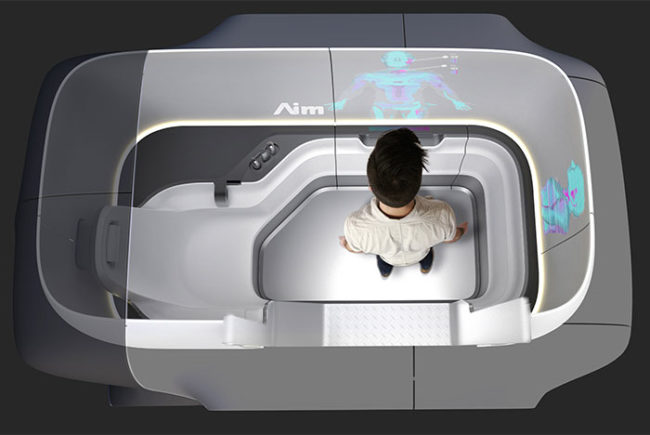
Boston Children's Hospital is piloting a geolocation app to keep track of high-risk infants
Geolocation helps to coordinate care for high-risk infants
Boston Children’s Hospital is using geolocation to coordinate care better among infants with high-risk medical conditions.
The hospital adopted technology form startup Position Health that allows its physicians to know when one of their patients ends up in an emergency department. Parents of the patient download Position Health’s app to their smartphones, which runs constantly in the background. When the app detects via geolocation that the phone is inside of an ED, the parent will get a ping asking if they are there to receive care for their child. If the answer is "yes," the child’s doctor is notified immediately and can call the ED for an update on the patient’s particular condition, equating to better care coordination.
Position Health is piloting the technology at Boston Children’s Hospital and another Boston-based health system that serves adult patients.
Self-service check-in reduces surgery center's wait times
Panama City (Fla.) Surgery Center’s revamped check-in process has reduced registration time for patient appointments by 68 percent.
The outpatient center has replaced the traditional lobby receptionist with a self-service check-in solution called Jellyfish Health. The technology can be accessed via a mobile device and allows patients and family members to self-schedule, confirm appointments, self-register and complete patient satisfaction surveys from any mobile advice. Patients also can view waiting times in real time.
"Replacing manual registration with self-service check-in, plus mobile and on-screen updates of patient status has considerably brightened the experience of receiving surgery or accompanying a patient,” says Mike Madewell, administrator for Panama City Surgery Center. “I can tell you after 20 years in this business, a happy patient is a patient who heals faster."
New security technology helps to keep vulnerable patients safe
Attendees at the International Association for Healthcare Security and Safety conference in Vancouver last month were able to check out a new offering to help monitor high-risk patients. The G4S Virtual Patient Watch alerts security professionals and clinicians when vulnerable patients attempt to get out of bed or begin demonstrating escalating behavior, requiring immediate attention.
A high-resolution bedside camera with infrared capability allows the system to function even in semidark and at nighttime. The camera is mounted on a pole similar to an IV pole and is hooked into a hospital’s Wi-Fi. When it senses patient movement, it triggers an alert to security or medical staff.
G4S states that the technology can be especially helpful in the monitoring and security of patients suffering from psychiatric illnesses or chronic conditions such as dementia.





